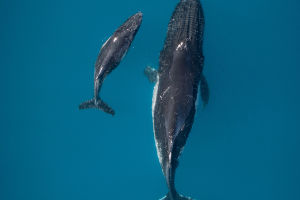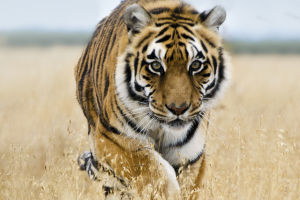Animals have long been cherished as man's best friends, captivating us with their simplicity, survival instincts, and often surprising traits.
Among the myriad of fascinating creatures, penguins stand out with their endearing, plump bodies and waddling gait, often evoking a sense of whimsical delight.
A common misconception about these charming birds is that they lack necks, their heads seemingly merging directly with their bodies. However, a closer examination, particularly through the lens of X-ray technology, reveals a surprising truth about penguins that defies our initial perceptions.
Penguins inhabit some of the harshest environments on Earth, enduring frigid temperatures that would be unbearable for most creatures. To survive in these icy conditions, penguins have evolved a thick layer of insulating fat. This blubber not only keeps them warm but also contributes to their unbalanced, adorable walking style, which can make them appear as though they are confusedly meandering through their snowy habitats. Yet, this characteristic fat layer conceals a fascinating anatomical feature: the penguin's neck.
Contrary to popular belief, penguins do possess necks—and surprisingly long ones at that. Under an X-ray, the penguin's skeleton is revealed in its entirety, showcasing a neck that is proportionally longer than its body. This anatomical quirk makes the penguin's neck reminiscent of a miniature giraffe's. The thick blubber that encases their bodies effectively hides this extended neck, serving as a crucial adaptation for thermal regulation. Exposing a long neck without adequate insulation would significantly increase the risk of the penguin succumbing to the extreme cold, highlighting a remarkable example of natural selection and genetic adaptation.
This hidden anatomical feature underscores a broader lesson about the animal kingdom: our assumptions based on surface appearances can often be misleading. The misconception that penguins do not have necks is a perfect illustration of how superficial observations can mask the complex and ingenious ways in which animals adapt to their environments. Just as the penguin's fat layer conceals its long neck for survival purposes, many animals possess hidden traits and abilities that are not immediately apparent to the casual observer. Penguins, with their seemingly neckless bodies and ungainly waddle, challenge our perceptions and remind us of the intricate and often surprising nature of evolution.
Their concealed necks, akin to those of mini-giraffes, reveal the sophisticated adaptations these birds have developed to thrive in one of the most extreme climates on Earth. This discovery not only deepens our understanding of penguin biology but also enhances our appreciation for the subtle and extraordinary ways animals have evolved to survive and flourish in diverse environments.
The penguin's hidden neck is a fascinating revelation that reshapes our understanding of these beloved birds. Far from being neckless, penguins possess long necks ingeniously concealed by their protective blubber. This adaptation highlights the broader theme that the animal world is full of surprises, often contradicting human assumptions. So, next time you see a waddling penguin, remember that beneath its cute, fat exterior lies a miniature giraffe neck, a testament to the wonders of natural selection and evolution.


